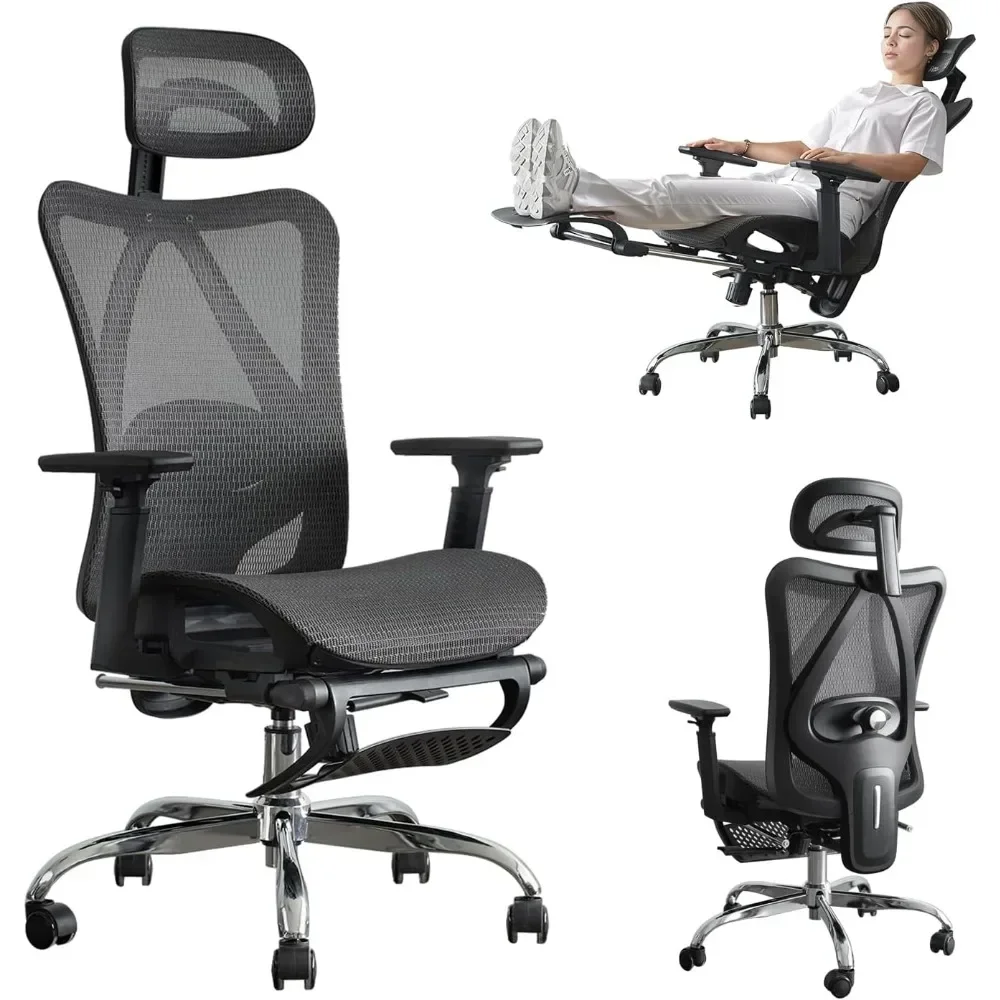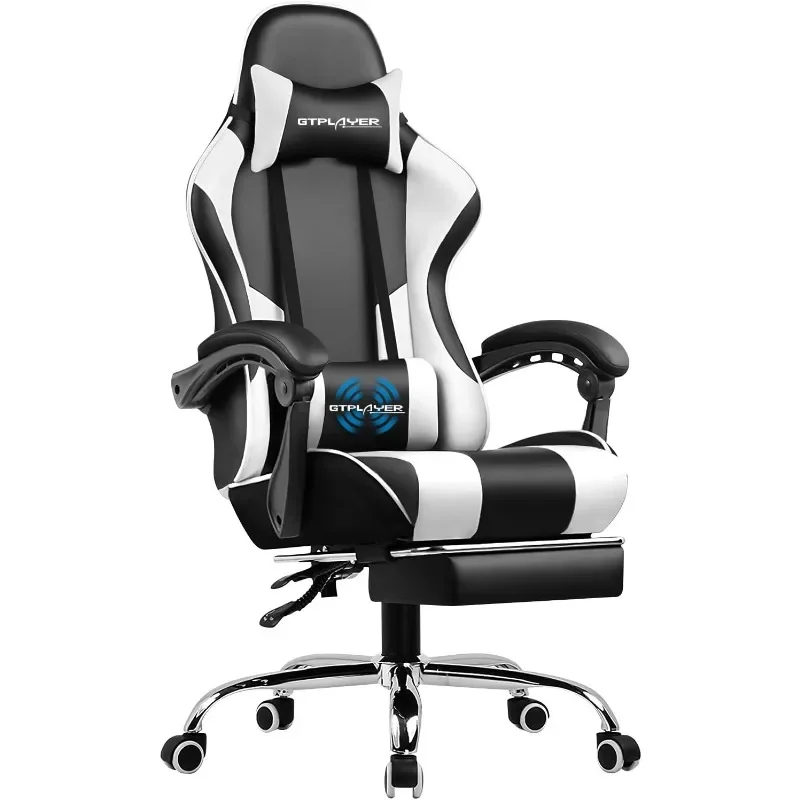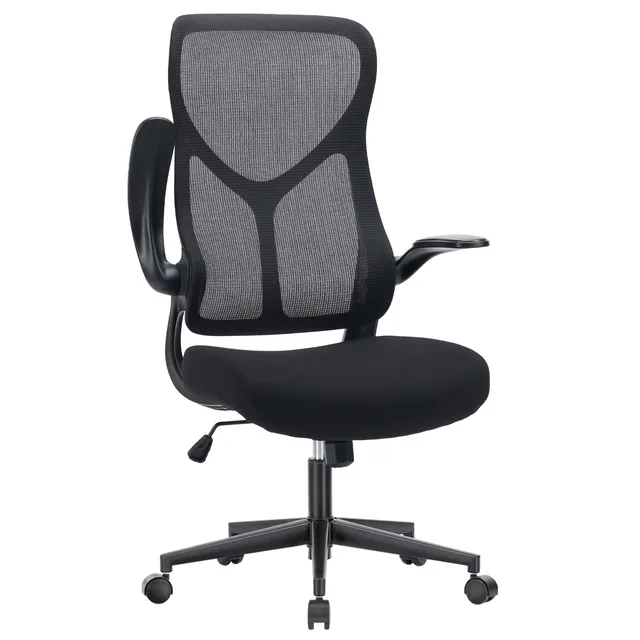Squeaky office chair can be an annoying distraction, especially during important meetings or focused work sessions. The good news is that many squeaks can be fixed with some simple DIY solutions. This comprehensive guide will walk you through identifying the source of the squeak, troubleshooting common issues, and applying effective fixes to restore your chair to quiet, smooth operation.
Identifying the Source of the Squeak
Common Areas Where Squeaks Occur
Before you can fix a squeaky office chair, it’s crucial to identify where the noise is coming from. The most common areas where squeaks occur are the seat mechanism, caster wheels, and the chair’s base. Squeaks can also come from the armrests or the backrest. Start by moving the chair around and paying close attention to when the squeak occurs. This will help you narrow down the potential sources of the noise.
Diagnosing the Issue
Once you have an idea of where the squeak might be coming from, you need to diagnose the issue more precisely. For example, if the squeak happens when you lean back, the problem might be with the recline mechanism or the backrest. If the noise occurs when you roll the Squeaky Office Chair, the caster wheels or the base might be the culprits. By systematically checking these areas, you can pinpoint the source and address the problem more effectively.

Basic Tools and Materials for the Job
Essential Tools
Before starting any repairs, gather the necessary tools and materials. A basic toolkit for this job includes screwdrivers (both flathead and Phillips), an Allen wrench set, and a lubricant spray. If your chair has casters that need to be replaced, you might also need a pair of pliers or a small wrench. Having these tools on hand will make the repair process smoother and more efficient.
Choosing the Right Lubricant
Selecting the appropriate lubricant is crucial for effectively fixing a Squeaky Office Chair. For most office chairs, a silicone-based lubricant or a penetrating oil like WD-40 works well. Avoid using oil-based lubricants, as they can attract dust and grime, which may worsen the squeak over time. Apply the lubricant carefully and sparingly to avoid over-saturating any parts.
Fixing the Seat Mechanism
Tightening Loose Screws
A common cause of squeaks in the seat mechanism is loose screws or bolts. Over time, the screws that hold the seat in place can become loose due to regular use. Use a screwdriver or Allen wrench to tighten any loose screws you find. Be careful not to overtighten, as this can strip the threads or damage the chair’s components.
Lubricating Moving Parts
If tightening screws doesn’t resolve the squeak, the moving parts of the seat mechanism might need lubrication. Apply a small amount of silicone-based lubricant to the joints and pivot points of the seat mechanism. Move the seat up and down several times to ensure the lubricant is evenly distributed. This should help reduce or eliminate the squeak.
Addressing Squeaky Caster Wheels
Cleaning the Casters
Caster wheels are another common source of squeaks. Dirt, dust, and debris can accumulate in the wheels and cause noise. Start by cleaning the casters with a damp cloth to remove any visible dirt. You can also use a small brush or compressed air to get into the crevices of the casters. Make sure the wheels are completely dry before proceeding.
Applying Lubricant to the Casters
Once the casters are clean, apply a small amount of lubricant to the wheel’s axle and any moving parts. Rotate the wheels to distribute the lubricant evenly. This should help reduce friction and eliminate the squeak. If the wheels are damaged or worn out, consider replacing them with new ones for a more permanent fix.

Fixing the Chair Base
Checking for Loose Parts
The Squeaky Office Chair base can also be a source of squeaks, especially if it is not securely fastened. Inspect the base for any loose bolts or screws. Tighten these parts with the appropriate tools, ensuring that the base is stable and secure. Loose parts can cause the chair to wobble and create noise, so addressing these issues can often resolve the squeak.
Lubricating the Base Mechanism
If tightening the base does not eliminate the squeak, the base mechanism itself might need lubrication. Apply a silicone-based lubricant to any moving parts of the base mechanism, such as the swivel joints. Move the chair around to help the lubricant penetrate and coat the internal components. This should help reduce noise and ensure smooth operation.
Addressing Squeaky Armrests and Backrests
Tightening Armrest Screws
Squeaks from the armrests or backrests can be caused by loose screws or bolts. Check the screws that hold the armrests in place and tighten them as needed. Similarly, inspect the backrest for any loose connections and secure them with a screwdriver or Allen wrench. Ensuring that all parts are tightly fastened can often eliminate squeaks in these areas.
Lubricating Armrest and Backrest Joints
If tightening the screws does not resolve the squeak, the joints where the armrests and backrest connect to the chair may need lubrication. Apply a small amount of silicone-based lubricant to these joints and move the armrests and backrest to distribute the lubricant evenly. This should help reduce friction and eliminate noise.
Preventive Maintenance for a Squeak-Free Chair
Regular Cleaning and Lubrication
To prevent future squeaks, establish a routine for cleaning and maintaining your office chair. Regularly clean the chair’s components to remove dust and debris that can cause noise. Apply lubricant to moving parts every few months to ensure smooth operation. This proactive maintenance will help keep your Squeaky Office Chair in good condition and minimize the risk of squeaks developing over time.
Checking for Wear and Tear
Periodically inspect your office chair for signs of wear and tear. Look for any damaged or worn-out parts that might contribute to squeaks or other issues. Address any problems promptly by replacing damaged components or tightening loose parts. Regular checks can help you catch potential issues early and keep your chair functioning smoothly.

When to Seek Professional Help
Assessing the Need for Professional Repair
While many squeaks can be fixed with DIY solutions, some issues may require professional attention. If you’ve tried the above methods and the squeak persists, it might be a sign of a more serious problem. In such cases, it’s a good idea to consult a professional repair service or contact the chair’s manufacturer for assistance.
Considering Replacement
If your office chair is old or extensively damaged, it might be more cost-effective to replace it rather than attempt extensive repairs. Evaluate the chair’s overall condition and decide if investing in a new chair would provide better value in the long run. A new chair can offer improved comfort and functionality, reducing the likelihood of future issues.
Conclusion: Maintaining a Quiet Office Chair
Enjoying a Squeak-Free Workspace
Fixing a squeaky office chair can significantly improve your comfort and concentration while working. By following the DIY solutions and tips provided in this guide, you can effectively address common squeak issues and maintain a quiet, functional chair. Regular maintenance and timely repairs will help ensure your office chair remains in top condition, contributing to a more productive and pleasant work environment.
Embracing Proactive Care
Embracing proactive care for your office chair can prevent many issues from arising. By keeping your chair clean, lubricated, and well-maintained, you’ll reduce the likelihood of squeaks and other problems. Regular inspections and timely repairs will keep your chair functioning smoothly, allowing you to focus on your work without unnecessary distractions.


